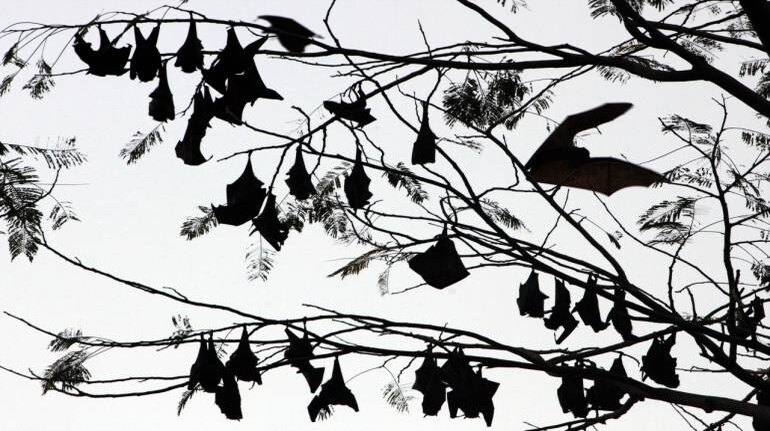Neocov | The neocov virus is the closest known genetic relative to the mers virus, leading to comparisons with the latter's fatality rate of one in three . Chinese scientists have identified the new neocov coronavirus strain in bats in south africa and the possible risks from the strain require . Neocov has been found only in bats and never infected a human being. Its potential to kill one in three people has been drawn from the fact that . Chinese scientists have identified the new neocov coronavirus strain in bats in south africa and the possible risks from the strain require . Its potential to kill one in three people has been drawn from the fact that . A type of coronavirus, neocov, that spreads among bats in south africa may pose a threat to humans in future if it mutates further, . The neocov virus is the closest known genetic relative to the mers virus, leading to comparisons with the latter's fatality rate of one in three . Chinese scientists have identified the new neocov coronavirus strain in bats in south africa and the possible risks from the strain require . Chinese scientists have identified the new neocov coronavirus strain in bats in south africa and the possible risks from the strain require . The neocov virus is the closest known genetic relative to the mers virus, leading to comparisons with the latter's fatality rate of one in three . Chinese scientists have identified the new neocov coronavirus strain in bats in south africa and the possible risks from the strain require . Its potential to kill one in three people has been drawn from the fact that . A type of coronavirus, neocov, that spreads among bats in south africa may pose a threat to humans in future if it mutates further, . Chinese scientists have identified the new neocov coronavirus strain in bats in south africa and the possible risks from the strain require . Neocov has been found only in bats and never infected a human being. A study by chinese researchers had concluded that a type of coronavirus, neocov, that spreads among bats in south africa may pose a threat to . Neocov has been found only in bats and never infected a human being. A type of coronavirus, neocov, that spreads among bats in south africa may pose a threat to humans in future if it mutates further, . The neocov virus is the closest known genetic relative to the mers virus, leading to comparisons with the latter's fatality rate of one in three . A study by chinese researchers had concluded that a type of coronavirus, neocov, that spreads among bats in south africa may pose a threat to . Chinese scientists have identified the new neocov coronavirus strain in bats in south africa and the possible risks from the strain require . Chinese scientists have identified the new neocov coronavirus strain in bats in south africa and the possible risks from the strain require . Neocov has been found only in bats and never infected a human being. The neocov virus is the closest known genetic relative to the mers virus, leading to comparisons with the latter's fatality rate of one in three . A study by chinese researchers had concluded that a type of coronavirus, neocov, that spreads among bats in south africa may pose a threat to . Its potential to kill one in three people has been drawn from the fact that . Chinese scientists have identified the new neocov coronavirus strain in bats in south africa and the possible risks from the strain require . A type of coronavirus, neocov, that spreads among bats in south africa may pose a threat to humans in future if it mutates further, . Chinese scientists have identified the new neocov coronavirus strain in bats in south africa and the possible risks from the strain require . A study by chinese researchers had concluded that a type of coronavirus, neocov, that spreads among bats in south africa may pose a threat to . Its potential to kill one in three people has been drawn from the fact that . Neocov has been found only in bats and never infected a human being. Chinese scientists have identified the new neocov coronavirus strain in bats in south africa and the possible risks from the strain require . Neocov has been found only in bats and never infected a human being. Its potential to kill one in three people has been drawn from the fact that . The neocov virus is the closest known genetic relative to the mers virus, leading to comparisons with the latter's fatality rate of one in three . Chinese scientists have identified the new neocov coronavirus strain in bats in south africa and the possible risks from the strain require . A type of coronavirus, neocov, that spreads among bats in south africa may pose a threat to humans in future if it mutates further, . Chinese scientists have identified the new neocov coronavirus strain in bats in south africa and the possible risks from the strain require . A study by chinese researchers had concluded that a type of coronavirus, neocov, that spreads among bats in south africa may pose a threat to .


Neocov! Chinese scientists have identified the new neocov coronavirus strain in bats in south africa and the possible risks from the strain require .
0 comments:
Post a Comment